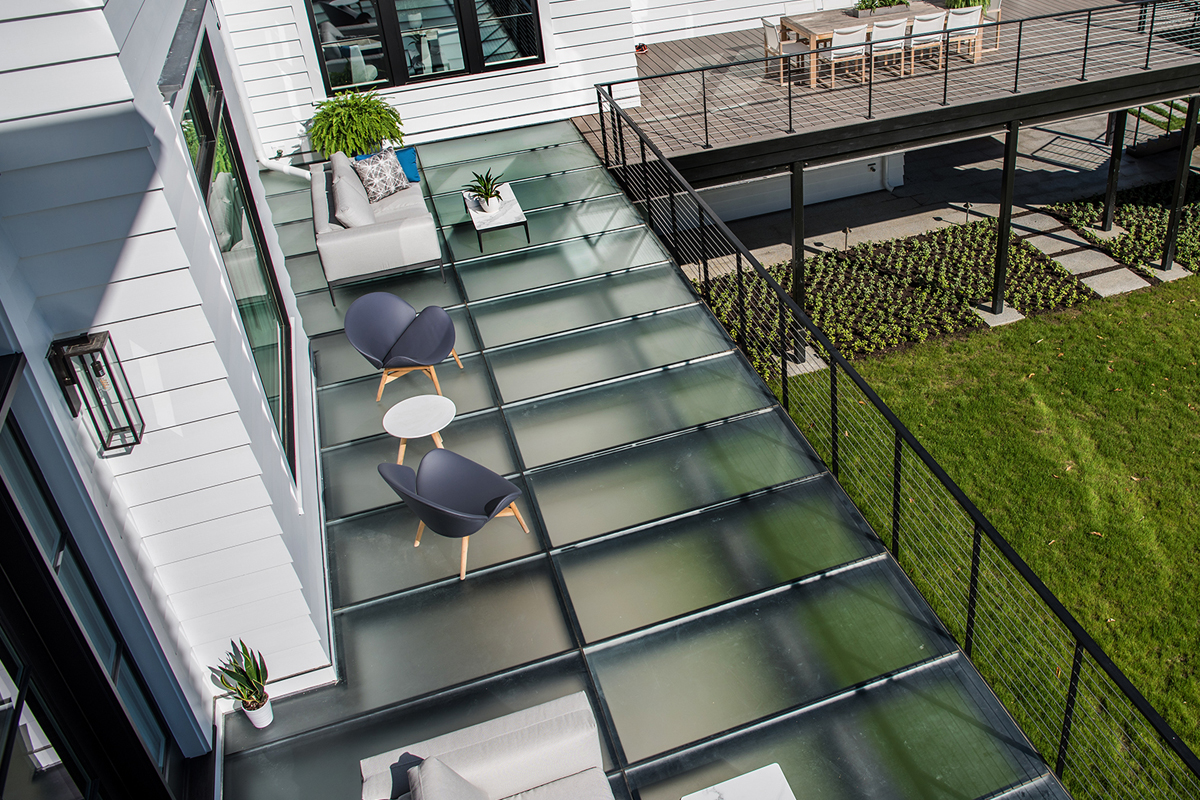
When it comes to building a deck, choosing the right material is crucial for both aesthetics and durability. Understanding the various decking material options available can help contractors meet client expectations and deliver outstanding results. Let’s examine five key materials, including traditional wood decking, composites, PVC, and innovative glass decks, offering insights into their benefits and applications.
1. Glass
Glass is a premium option that adds a unique aesthetic to any deck. Ideal for clients seeking a modern look, glass floor panels can transform a deck into a striking feature of a home, allowing light to pass through and enhancing the sense of space. Safety glass designed for flooring is durable, slip-resistant, and able to withstand the elements, making it a practical yet stylish choice for outdoor spaces.

2. Pressure Treated Wood
Pressure treated wood is one of the most popular and economical wood decking choices. Treated under high pressure to infuse preservatives deep into the wood fibers, this material resists rot, decay, and insect infestation. While not as visually striking as premium hardwoods, pressure treated wood is durable and can last many years with proper maintenance, making it a reliable choice for a wide range of projects.
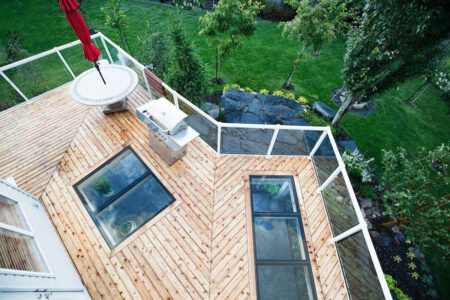
3. Premium Softwood and Hardwoods
For those seeking the natural beauty of wood without the maintenance of pressure treated options, premium softwoods like cedar and redwood, as well as hardwoods such as ipe and teak, offer superior quality. These materials are naturally resistant to weathering and insects, and they provide a rich, luxurious finish that can significantly enhance the property’s value. Deck wood like cedar not only looks beautiful but also emits a pleasant natural aroma, adding to the sensory experience of the deck.
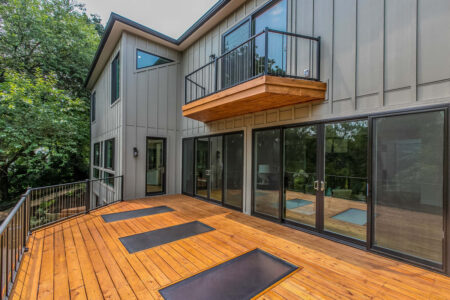
4. Composite
Regarded as the best composite deck material by many, modern composites blend wood fibers with plastic to create decking that mimics the look of natural wood without the extensive maintenance. Composite decking resists fading, staining, and mold growth, and it won’t splinter, warp, or rot. This makes it an excellent choice for clients who prefer a low-maintenance solution with consistent aesthetic quality throughout the deck’s lifespan.
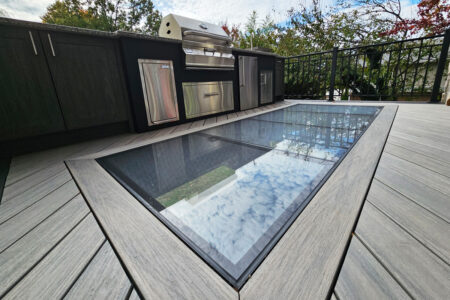
5. PVC
PVC decking represents the highest durability among synthetic options. Unlike composite, PVC decking contains no wood fibers, making it highly resistant to elements, stains, and biological factors such as mold and mildew. Available in a variety of colors and textures, PVC decking can mimic the look of natural wood or offer completely unique finishes, providing flexibility in design and exceptional longevity.

From traditional wood to innovative glass decks, the range of decking material options provides solutions for every client’s style, maintenance preference, and budget. Whether your project calls for the natural elegance of hardwood, the durability of PVC, or the modern flair of glass, understanding these materials ensures that you can recommend the best options and build decks that are both beautiful and long-lasting.
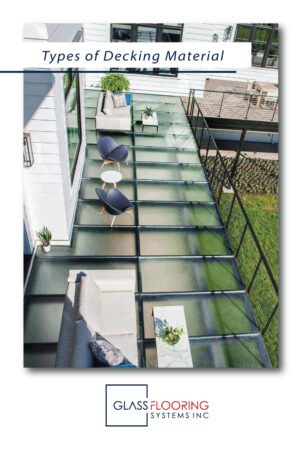
.png)




